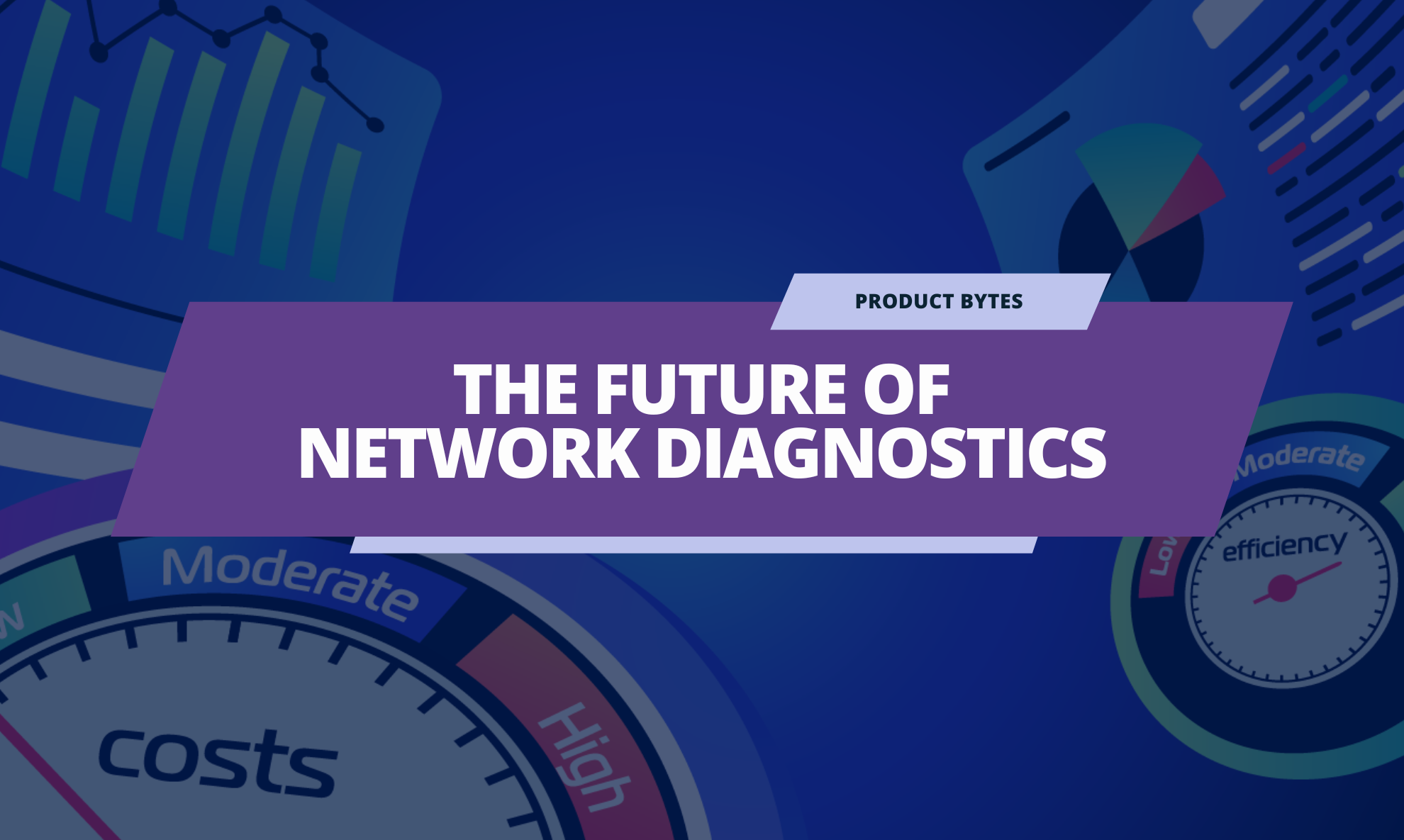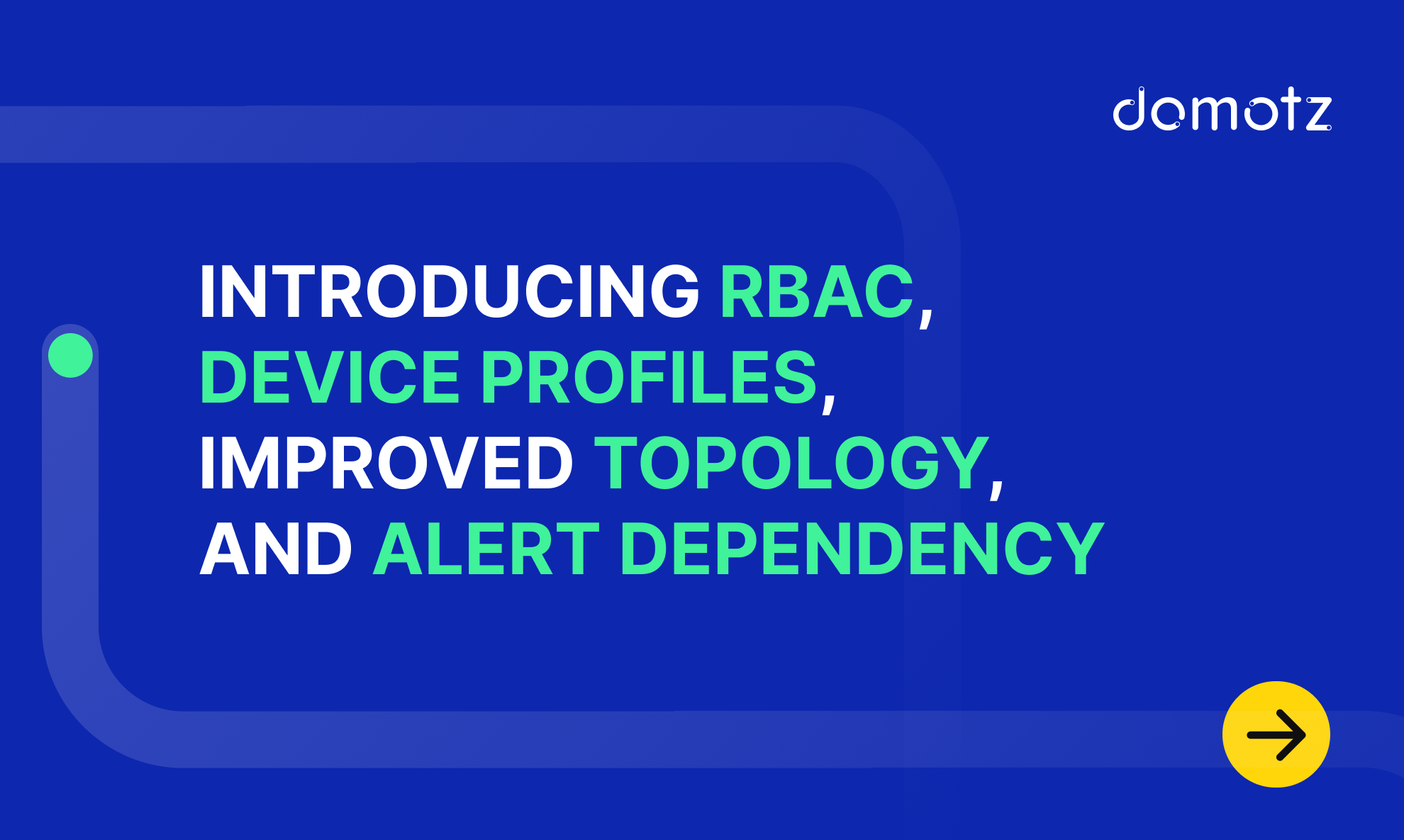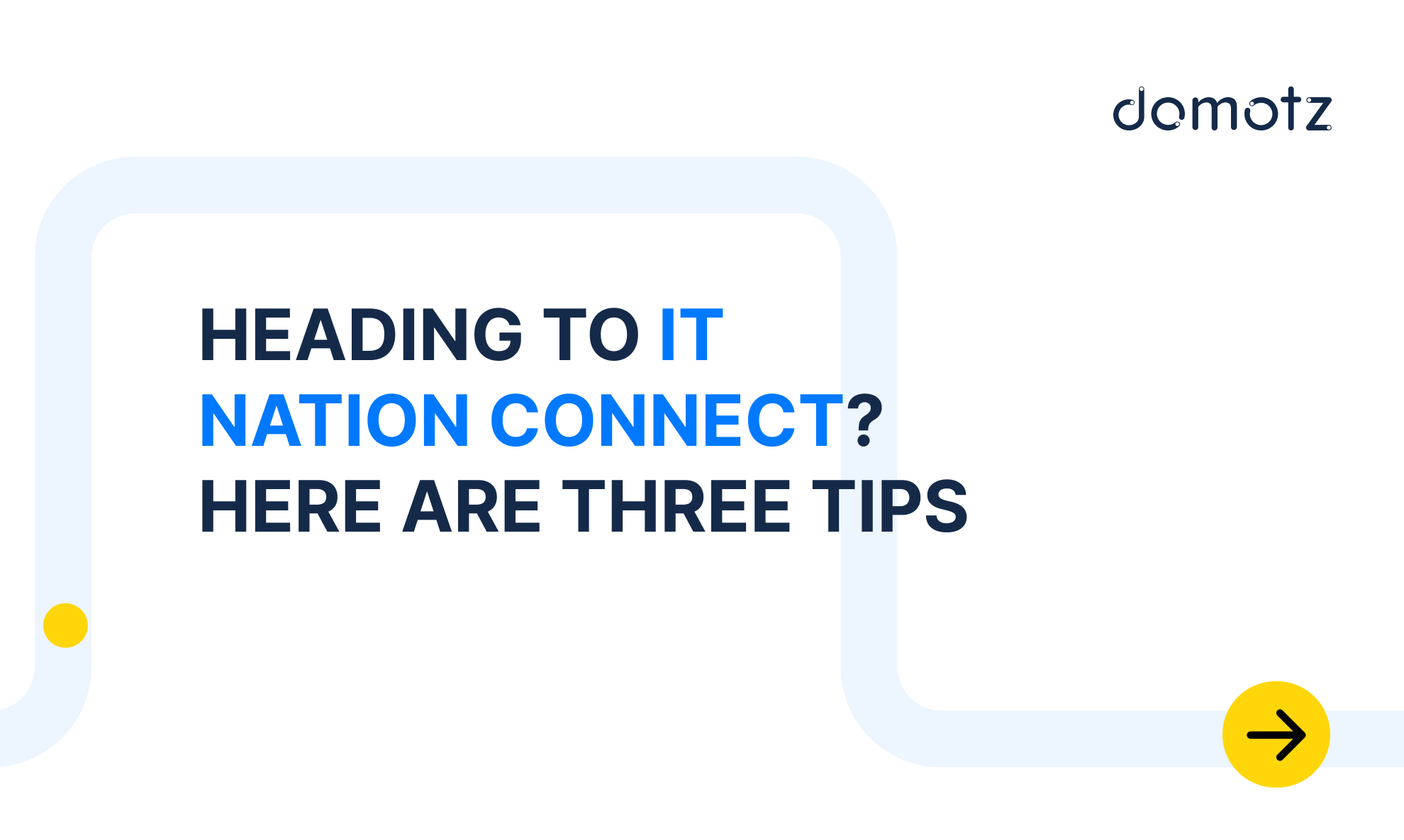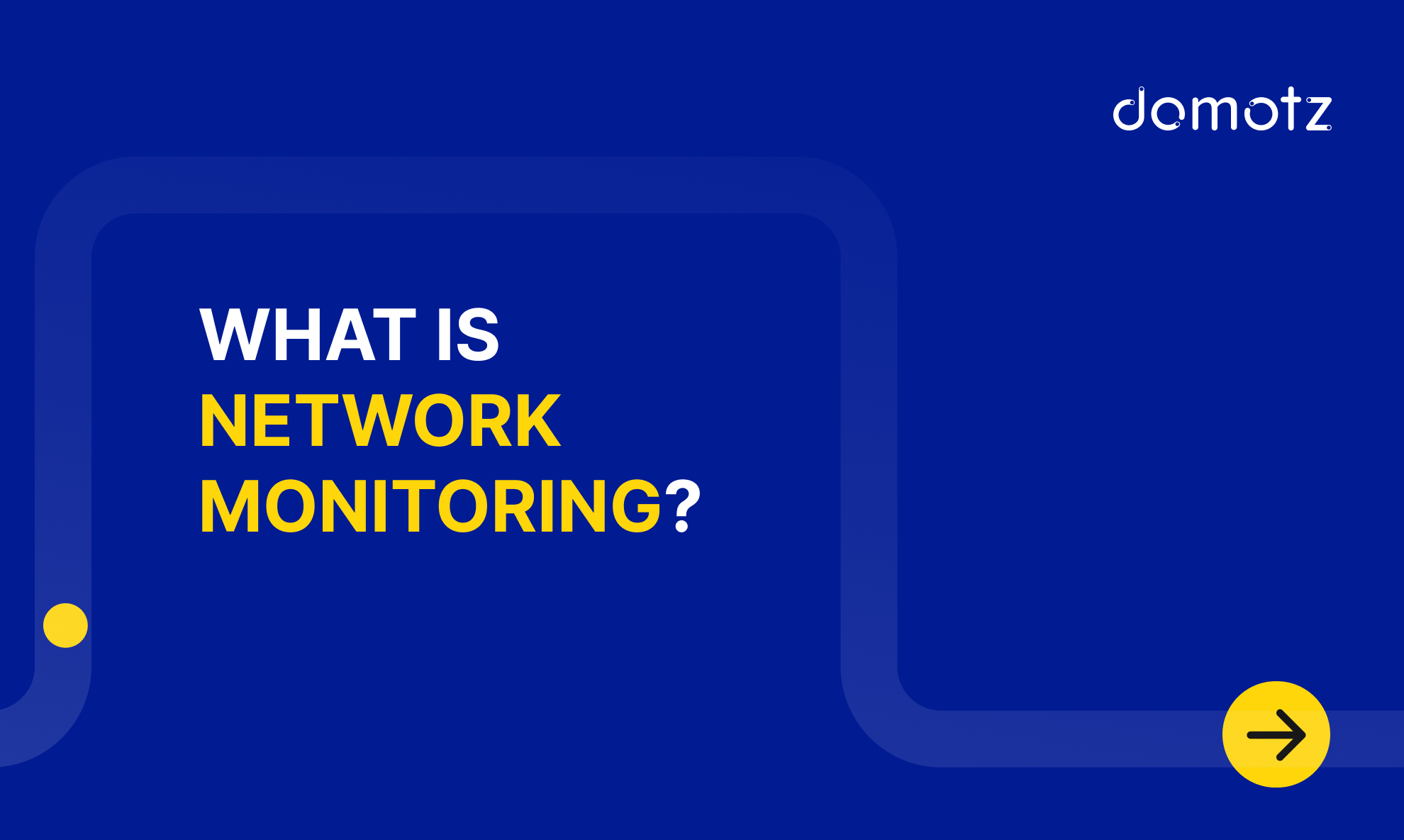The future is friendly for Network Diagnostics, and it’s Fast. Learn how Network Diagnostics will keep pace with technological advancements.
At the core of every successful business enterprise is supreme network performance, which ensures optimal operations. This means that dozens, even hundreds or thousands of networked devices are constantly engaged with the network. Information flowing in and out at rapid speeds relies on a functioning network, one without disturbance or disruption.
Technology continues to rapidly change and develop at a staggering rate. “The pace of technology innovation has been remarkable” (McKinsey Technology Trends Outlook 2024). With every advancement comes increasing customer demands to ensure connectivity at all times. As such, network diagnostics are integral in keeping things running smoothly.
Organizations embrace an artificial intelligence (AI) revolution. Three key areas leading the way in that are: Industrialized machine learning, applied AI, and generative artificial intelligence (Gen AI).
New technology is being embraced faster than ever as organizations aim to improve performance and output. Managed Service Providers (MSPs), System Integrators, and IT Professionals are responsible for keeping performance running at optimal levels. The key to doing that involves Network Diagnostics.
What is Network Diagnostics?
Network diagnostics is a process for identifying issues related to computer networks. It involves analyzing and resolving issues.
Network diagnostics incorporates many techniques and tools that help to investigate and resolve network issues. To clarify, it typically includes network monitoring, analyzing the flow of information (data packets) going in and out of the network, testing connectivity, assessing performance, determining underlying network issues, and troubleshooting.
What Are The Key Aspects of Network Diagnostics?
All of this is done in an effort to keep network performance at its peak and clear up any issues before they cause downtime or, worse, shutdowns.
Network Diagnostics may include:
- Network Monitoring: Network monitoring and management software continuously monitors the network’s performance. It can detect potential issues in advance and help resolve them swiftly.
- Data Packet Analysis: This analysis studies the packets that flow through the network. It identifies errors that may affect the network.
- Verifying Connectivity: Smooth data transmission relies on optimal connectivity. The connectivity is verified to make sure everything is operating as it should.
- Performance Assessment: For an optimized network, performance is measured, such as bandwidth utilization, latency, and throughput, identifying areas that need finessing.
- Troubleshooting: Standard procedures to systematically recognize and resolve network issues. This may generally involve a step-by-step review and test.
IT professionals and MSPs monitor and manage network problems using network diagnostic procedures, creating an optimized network with peak performance. A reliable network creates a consistent organization with seamless connectivity and the ability to run efficiently.
Network Diagnostic Emerging Trends
The future of network diagnostics closely follows the future of the organizations demand on connectivity. As people adapt to new and emerging technology, so shall the organization, thus shaping network diagnostics and network diagnostic tools.
Connectivity ultimately is driving the world forward. New trends in smart manufacturing, smart energy, and digital healthcare are examples of how the world of technology changes the face of business enterprises.
Businesses use advanced chatbots, other Gen AI, and augmented and virtual reality as part of the business model. From operations to marketing, immersive experiences are connecting us even more, and creating a higher demand on the networks.
Networks need to be fast, flawless, and reliable. What are the future tools that will help Network Diagnostics meet these demands?
As complex as the future may be, the solutions must be simple. MSPs and IT Professionals require the ability to monitor digital infrastructure, log and review metrics, assess critical assets, and resolve all problems easily and effectively.
Businesses will look for network diagnostic tools and software that offer network configuration management, versioning and backup, network topology mapping, integration with PSA, documentation, and more.
The future tools of network diagnostics focus on:
- Continuous Monitoring: Enterprises of all sizes want real-time monitoring. More than that, the user experience is key. Simple and effective interfaces allow users to succeed in IT and digital security.
- Cloud-Based Solutions: Software that can easily be deployed so businesses can remotely monitor and manage their network.
- Security: Continuous monitoring and real-time security event notifications.
In addition, tools that are simple and easy to use will help IT professionals see the network in its entirety (the big picture) so that the management of networks and IT assets is effortless. This ensures enterprises remain competitive with higher rates of productivity and less downtime.
What does all of this mean for the future of network diagnostics?
Network Diagnostic Tools Embrace Advancements in Tech
Network diagnostics are also embracing rapid advancements in technology. Technology such as AI and the Internet of Things (IoT) significantly enhances their capabilities.
With the help of AI, network diagnostic tools predict failures or security breaches before they happen. By incorporating predictive analytics, network diagnostics allows preventative measures to precede any suspected problem.
Network diagnostics must keep pace with everything’s connectivity. The IoT has grown the need for diagnostic tools to manage and monitor many different types of connected devices across the network. Network diagnostics safeguard in real-time against any devices that may be a security threat. There is no denying that technology continues to change the way businesses operate at all sizes. From small businesses to large enterprises, tech is taking center stage. For good reason. Companies are implementing ways to be more efficient by using and evolving new technology.
With these advancements, the need for network diagnostics grows more important. Network diagnostics helps organizations optimize their networks for high performance in a modern landscape.
Further reading:
- Getting Started With Network Infrastructure Monitoring
- 10 Reasons Real-time Network Monitoring Can Help Your MSP
- Supercharge Your Network Monitoring: Your Key to Getting More Done



